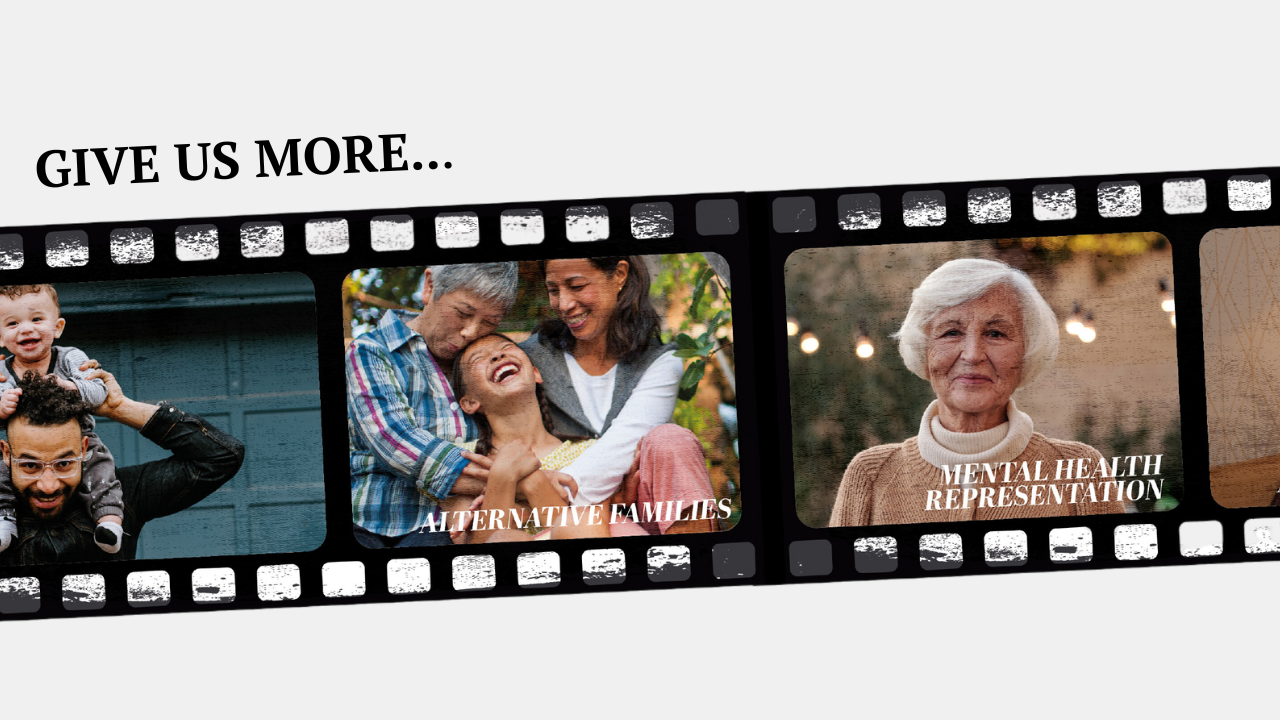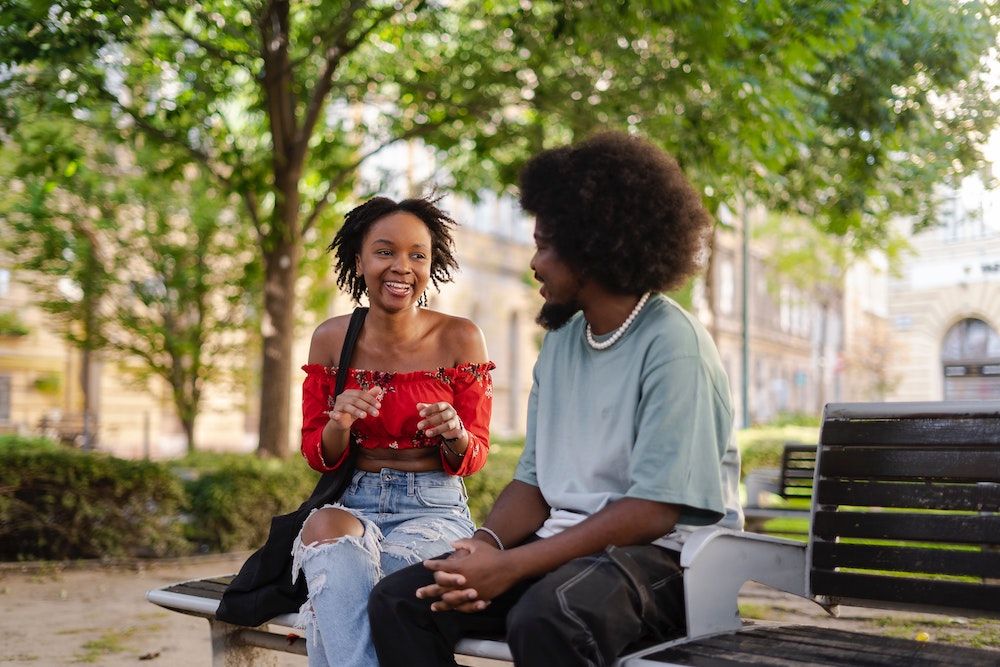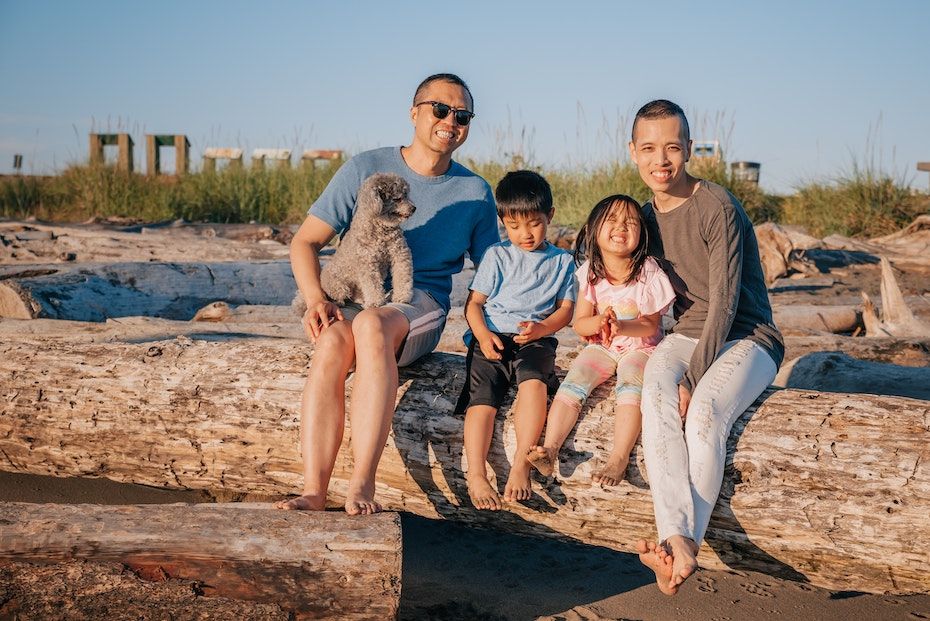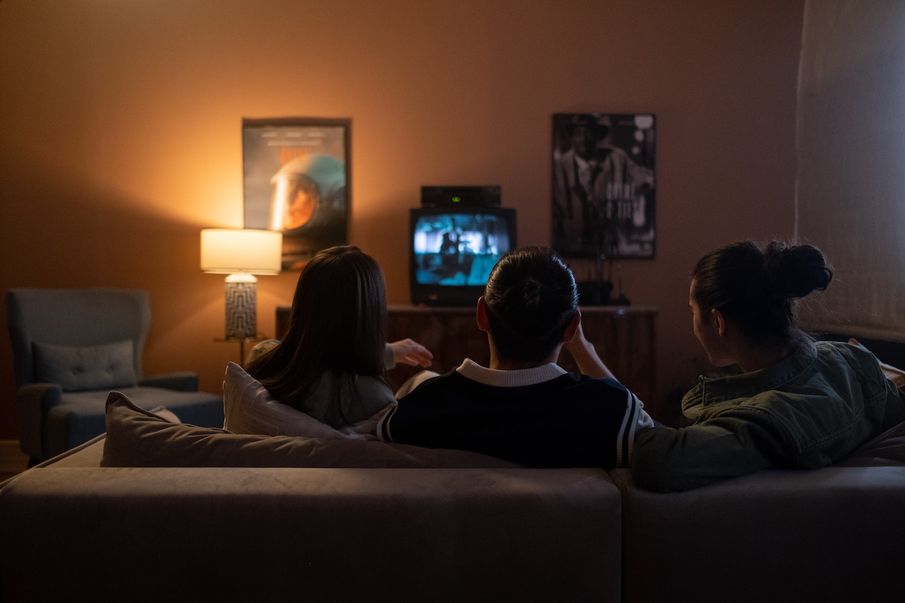From the annoying to the downright dangerous, we’re breaking down film tropes that we need to call curtains on
Films can make for the perfect escape from reality, something that we all could benefit from every now and then. But those benefits are slightly tarnished when we come face-to-face with uncomfortable (and, sometimes, downright problematic) tropes and stereotypes.
Here, we’re working through four tropes that need to stop, and four more that we can’t wait to see more of. Lights, camera, action!
Got to go
Bumbling dad, nagging mum
You know the set-up: dad’s useless (but totally loveable). He forgets things, gets mixed up, doesn’t know how to connect with his children, and struggles to fulfil basic household chores. He’d much rather sit down to watch the game, occasionally cracking some hilarious one-liners. At the same time, mum frantically rushes around the house, barking orders at anyone who will listen, her stress levels through the roof.
They’re the kind of tropes that lead to real-life dads being asked if they’re on ‘babysitting duty’ while simply caring for their children, and which make light of the women struggling with taking on an overwhelming amount of emotional and domestic labour (‘She’s such a nag, why can’t she lighten up?’). Not only that, but they minimise parenthood to stark stereotypes, leaving no room to explore and celebrate the realities of parenthood – with all its joys and its challenges – as well as the full, complex people, with needs and desires, that we still are after becoming parents.
The perfect body
It’s news to no one that Hollywood has a body diversity problem. And although strides have been made in recent years, as discussion around body positivity and diversity has made the mainstream, overwhelmingly, the same body types are seen on our screens.
This trope maintains the idea of a particular standard for beauty. It leads us towards the idea that only people who look a certain way fall head over heels in love, or stand up for what is right, or make good and fair leaders. And while this is something that has been well documented for women since the advent of cinema, increasingly, the body standards for men have been transformed by the hyper-muscular ideals we see in films today. So while the goalposts for the perfect body keep on moving, we think it’s about time to red-card this one.

Racial stereotypes
From ‘hot-headed’ Latina characters, to ‘exotic’ Asian women, ‘sassy’ Black women, and ‘aggressive’ Black men – the racial stereotypes go on, but they need to stop, immediately.
These kinds of tropes have real-life implications, potentially feeding into to everything from over-sexualisation to police brutality. What’s more, they force real, full, complex humans into boxes, which affect the ways that they’re able to navigate the world. Views based on stereotypes can impact hiring decisions, relationships, and even lead to health inequalities due to unconscious bias.
Change is certainly coming. But, as research from US campaign group Color of Change found that more than 90% of showrunners are white, and two-thirds of shows had no Black writers at all, it’s clear we have some way to go to diversify our screens.
Life ends at 40
Nothing of any interest happens to anyone past the age of 39, right? Wrong, of course, but not if we took notes from this common film trope. Yes, older people may crop up here and there, but you’ll most likely find them taking on the role of ‘mentor’, guiding the (younger) main character through their arc, and remaining firmly on the sidelines of the action.
Not only does this contribute to a sense of invisibility in people over a certain age, but it also adds to the idea that you need to accomplish all you want to do in life early on. The truth is, we still find adventure, love, and lessons later in life – in fact, those experiences may even be richer this time around, owing to all that has come before them.
Give us more
Platonic relationships
Our friendships enrich our lives in so many ways, to the point where studies have found that adults with strong social connections have a reduced risk of significant health problems, including depression and high blood pressure. Seeing these kinds of relationships playing out on screen leaves us with that warm, fuzzy feeling, but also brings them to the forefront of culture – celebrating them for the life-enhancing qualities they possess.
It’s also particularly important to see platonic relationships between men and women. Whether that be in the workplace, in friendship groups, or just out and about. Watching men and women be there for each other, championing each other, and enjoying each other’s company, without ulterior motives, is a breath of fresh air that we’re totally here for.

Queer joy
‘Queer joy’ is all about celebrating the everyday happiness that comes with queer life. There’s no use ignoring the struggles that those in the LGBTQ+ communities face, but exploring the day-to-day happiness of queer lives is another important step for progress and representation.
Joy also helps us stay resilient, and sustains us when things get tough – something that can be a difficult reality for some in the community. And so, when we see examples of queer joy on our screens – including everything from long-term same-sex couples to transgender characters going about their lives freely – it’s not only a window into a kinder world, but inspires the hope and positivity that is so vital to continue working towards safety and equality for all.
Alternative families
Just so we’re clear, ‘being evil’ isn’t a requirement for step-mothers, and the nuclear family is far from standard these days – so it’s about time the realities of modern families were represented on our screens. In fact, according to Happy Steps, a stepfamily resource centre, one in three of all UK families are now ‘blended’ – referring to a family where parents may have new partners, and children may be from different relationships.
Stories that feature alternative families – whether that be blended families, adopted families, LGBTQ+ families, multigenerational, or any other combination – can be fascinating to see play out on the screen. Coming with equal shares of unique challenges and unique joys, this is a set-up that offers limitless possibilities, and we’d love to see more.

Mental health representation
One in four people will experience a mental health problem in their lifetime, and so getting it right on screen is really important. It can help tackle stigma, by exploring the realities of living with mental health problems – or supporting a loved one. It provides the opportunity to explore some of the lesser-known experiences that can come with mental health conditions, starting a conversation out in the real world. And it can also be a prompt to talk about these topics with the people in our own lives.
‘Getting it right’ is all about authenticity, and also about compassion and sensitivity. We’re way past the point of being OK with mental illnesses on screen simply being a tool for creating fear – and are ready to see complex, impactful stories. Stories where characters find support, or where they live alongside mental health problems each and every day, as so many do, are an opportunity to explore something that touches the lives of so many. We’d press play on that.


Comments